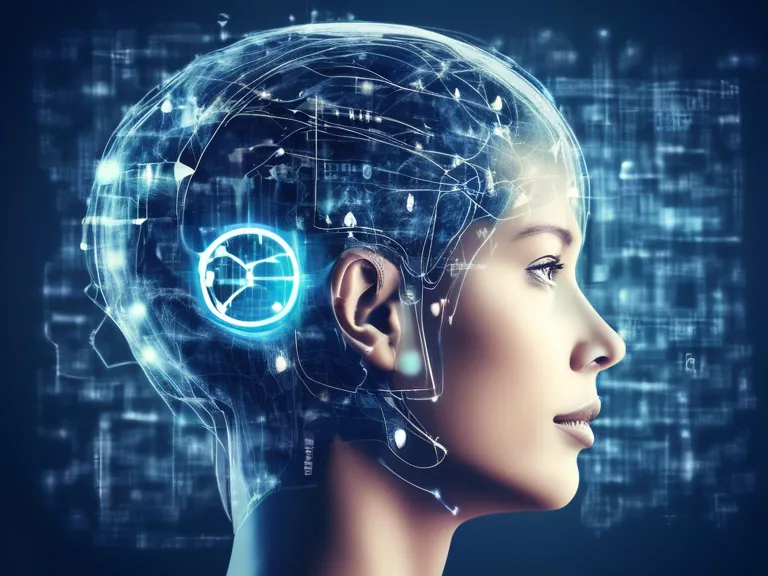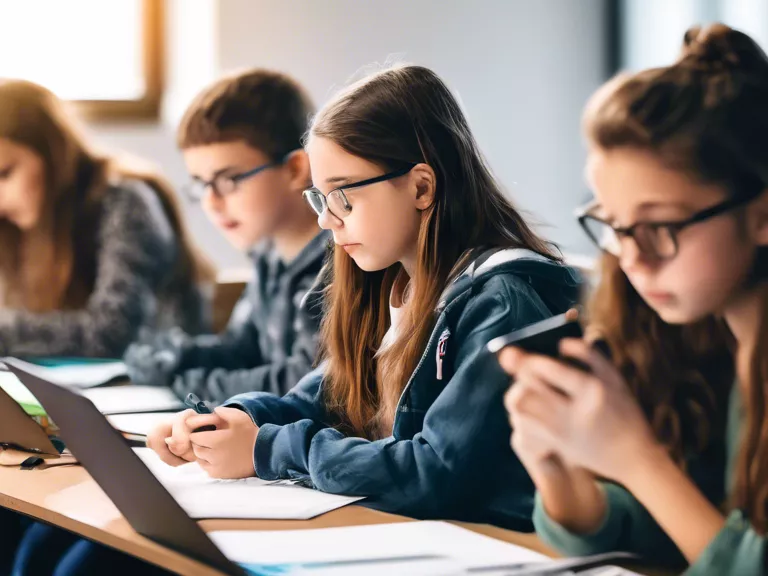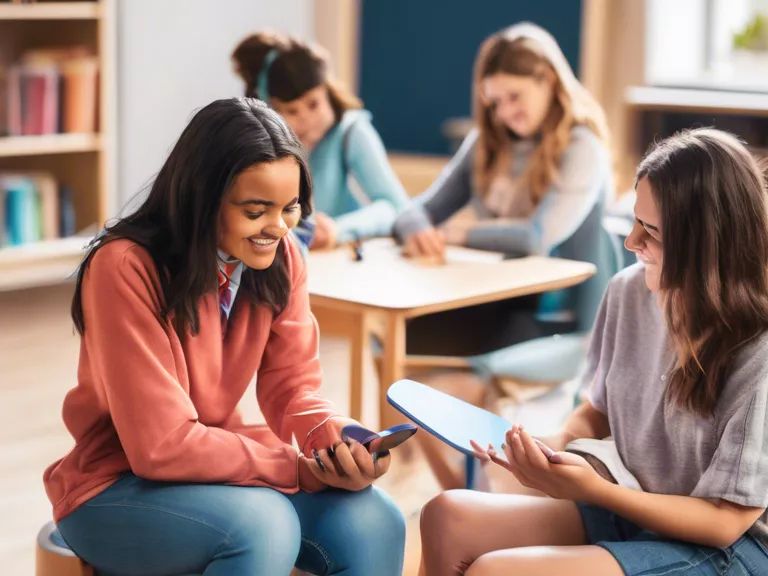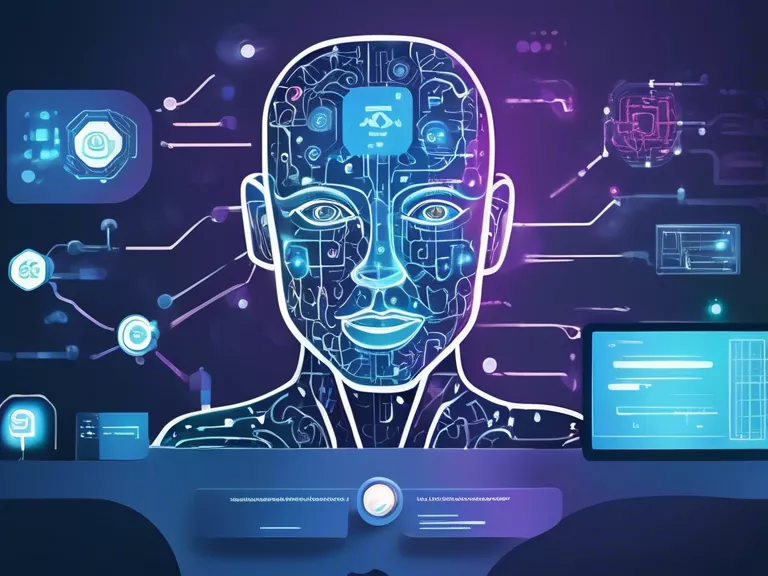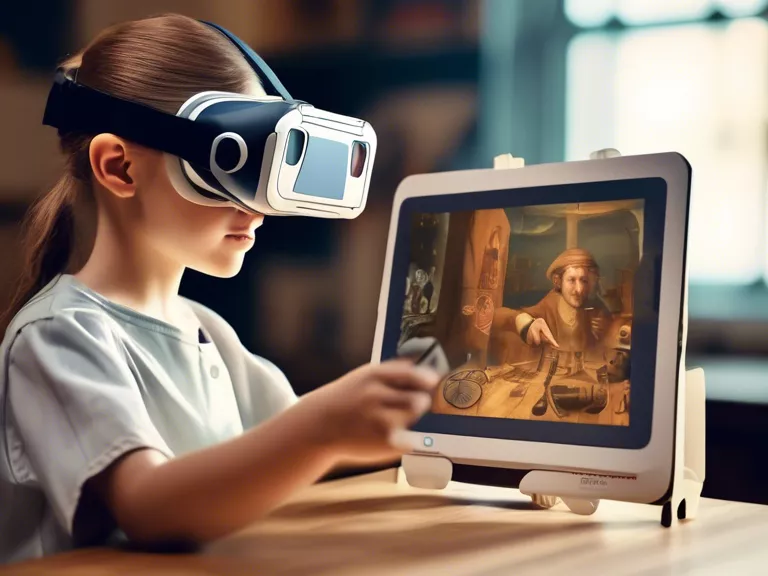
With the advancement of technology, augmented reality has increasingly been utilized in educational settings to make history and science lessons more interactive and engaging. By incorporating AR technology into the curriculum, teachers have the ability to bring historical events and scientific concepts to life, allowing students to have a hands-on and immersive learning experience.
One of the key benefits of integrating augmented reality into history lessons is the ability to recreate historical moments in a virtual environment. Students can witness significant events such as the signing of the Declaration of Independence or the construction of the Great Wall of China right in front of them through AR applications. This not only helps students to better understand the context of these events but also makes the learning process more enjoyable and memorable.
Similarly, augmented reality can enhance science lessons by providing students with a 3D visualization of complex scientific concepts. For instance, students studying the solar system can use AR technology to see a realistic representation of planets orbiting the sun in real-time. This visual aid helps students grasp abstract scientific concepts more easily and fosters a deeper understanding of the subject matter.
Furthermore, augmented reality allows for interactive learning experiences, where students can actively participate in simulations and experiments. For example, students can conduct virtual dissections of organs in biology class or participate in a simulated archaeological dig in history class. These hands-on activities not only make learning more engaging but also encourage critical thinking and problem-solving skills.
In conclusion, the impact of augmented reality on making history and science lessons come alive cannot be understated. By leveraging AR technology in the classroom, educators have the opportunity to enhance the learning experience for students and make traditionally challenging subjects more accessible and enjoyable. As technology continues to evolve, the possibilities for incorporating augmented reality into education are endless, making the future of teaching and learning even more exciting and innovative.
